The linear ship "Sevastopol" (1909-1915)
005. Alexandria yacht with French President Poincare on board passes by battleships; in the background - with a built team
006. Emperor Nicholas II with a group of naval officers on a boat to the battleship during a visit and inspection of the newly built battleships
007. Emperor Nicholas II with a group of naval officers on a boat to the battleship during a visit and inspection of the newly built battleships
008. near the embankment of the Baltic plant
009. goes to Kronstadt
0010. goes to Kronstadt
11. goes to Kronstadt
12. goes to Kronstadt
13. goes to Kronstadt
14. goes to Kronstadt
15. Workers dock the battleship
01. General view of the squadron battleship
02. General view of the battleship
03. Line ship type
04. goes to sea, surrounded by tugs
05. View of the deck ship battleship; in the center - an artillery tower
06. Sea port workers loading coal aboard a battleship
07. Sailors of the battleship on deck
08. Sailors on the deck of a battleship watching the descent of a diver to inspect the underwater part. Xnumx
09. Sailors on the deck of a battleship listening to a gramophone
10. The officers and sailors of the crew on the deck of the battleship
11. A group of sailors at the artillery gun on the deck of a battleship
12. Sailors, lower ranks of the crew and brass band on the deck of a battleship
13. A group of sailors on the deck of the battleship Sevastopol after the diver’s ascent. Xnumx
14. Sailors of the battleship at work
15. Sailors and lower ranks of the crew of the ship on deck
16. Liner ship tube
17. Gunships of the battleship
18. Officer in a lounge chair on the deck of a battleship near the casemate gun
19. Battleships artillery towers
20. Liner ship tube
21. Artillery guns mounted on the battleship
22. Artillery guns mounted on the battleship
23. View of the part of the deck of the battleship
24. Boats at the gunship of the battleship
25. Artillery guns mounted on a battleship
26. View of the ship's bow spire
27. View of the deck and chimney of the battleship
28. View of the part of the deck of the battleship
29. Travel boats mounted on the deck of a battleship
30. A group of members of the battleship team at the casemate artillery towers
31. The officers at the battleship of the battleship
32. A group of officers on the stern artillery turret of the battleship
33. Officers on the bridge at the conning tower of the battleship
34. A group of officers on the deck of a towed ship of the line
35. The officer at the artillery tower of the battleship
36. General view of the squadron battleship
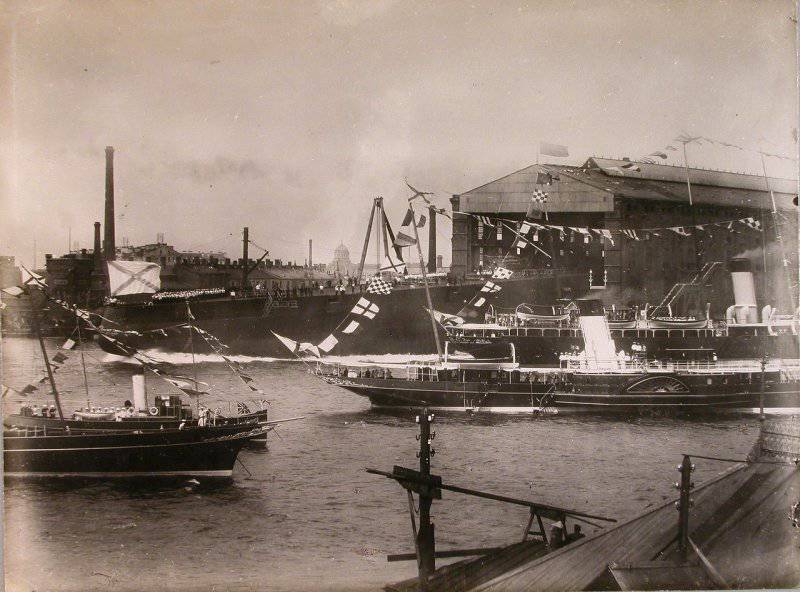
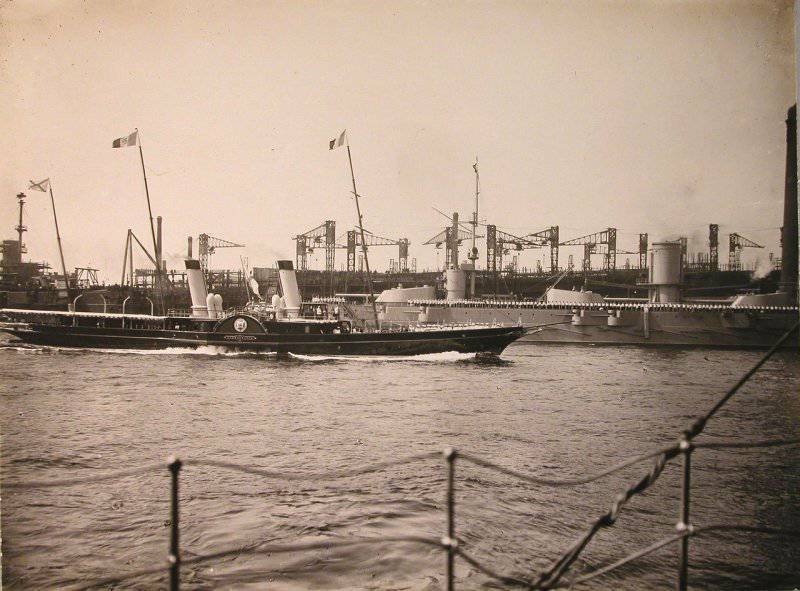
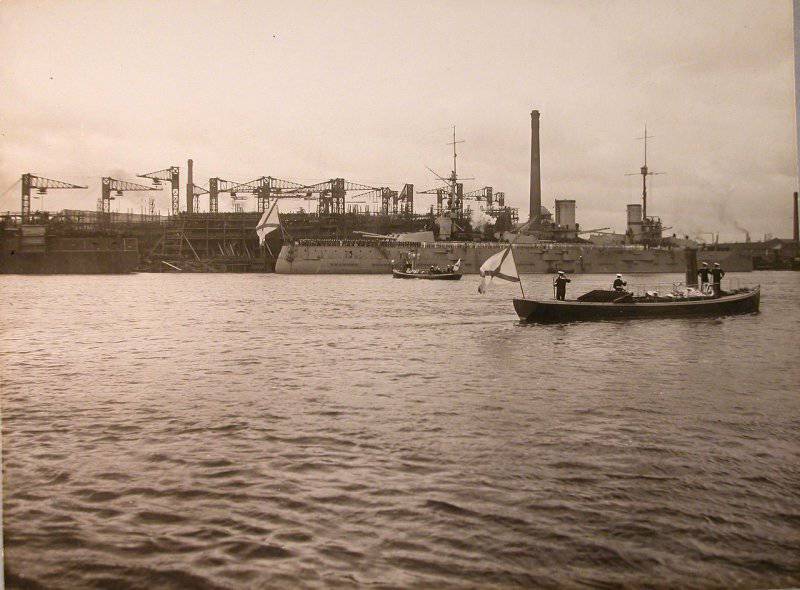
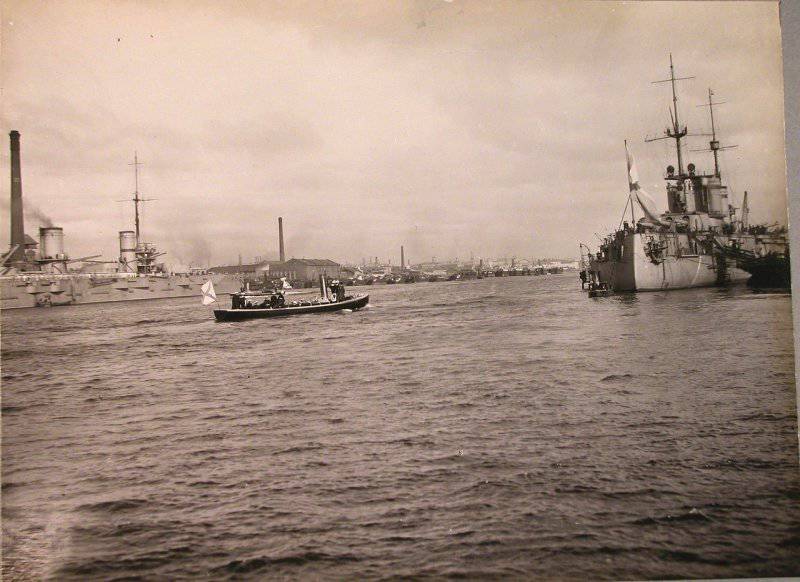
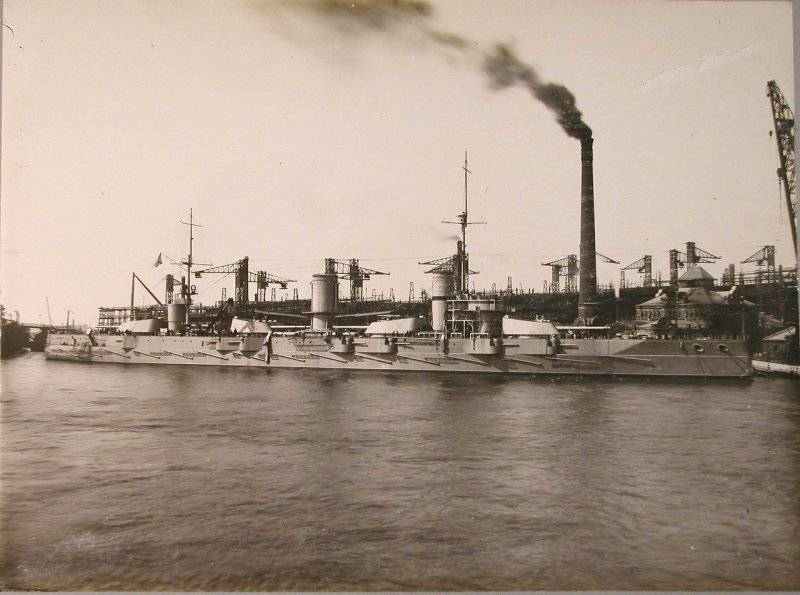
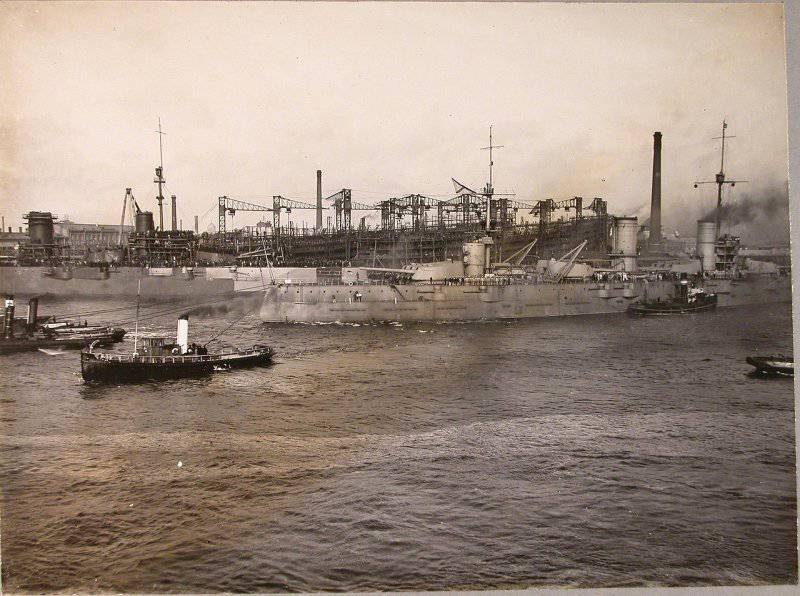
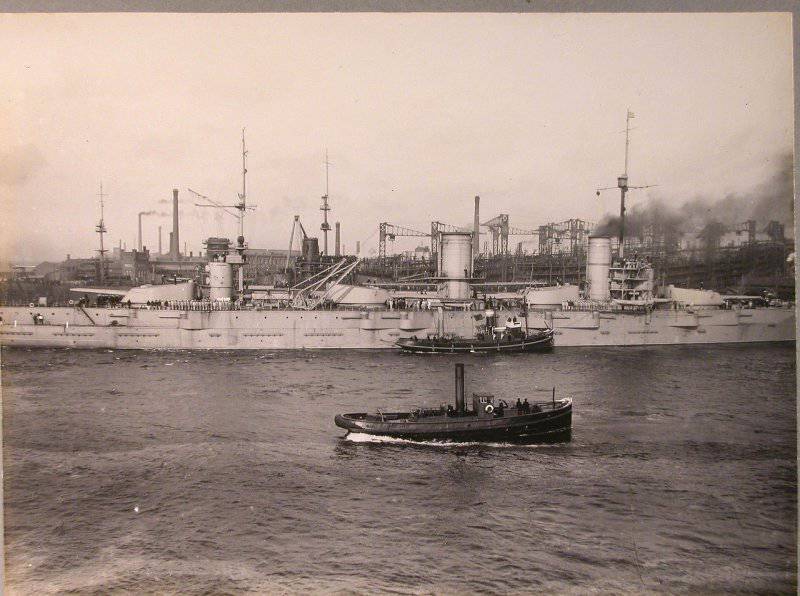
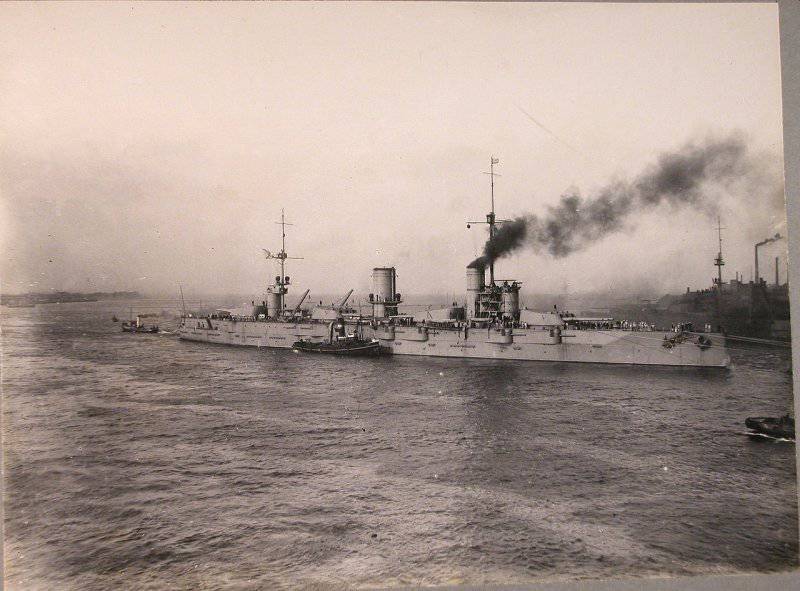
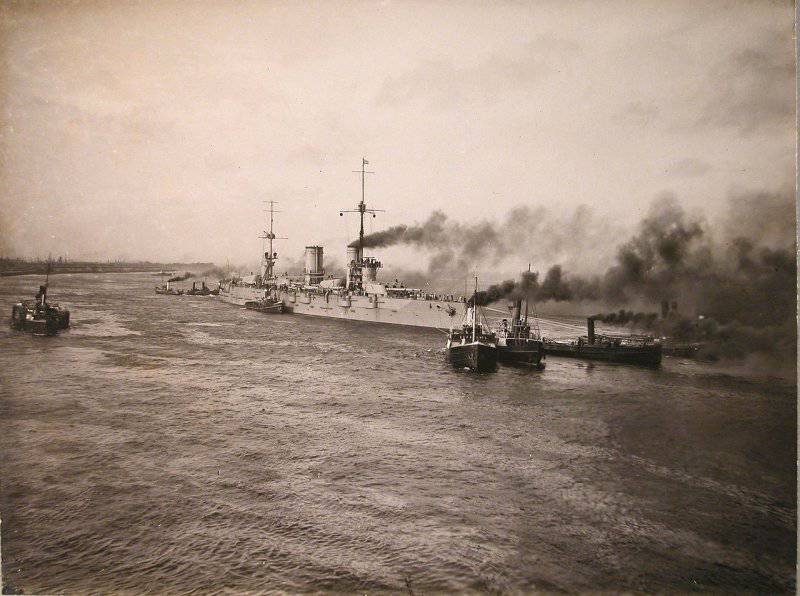
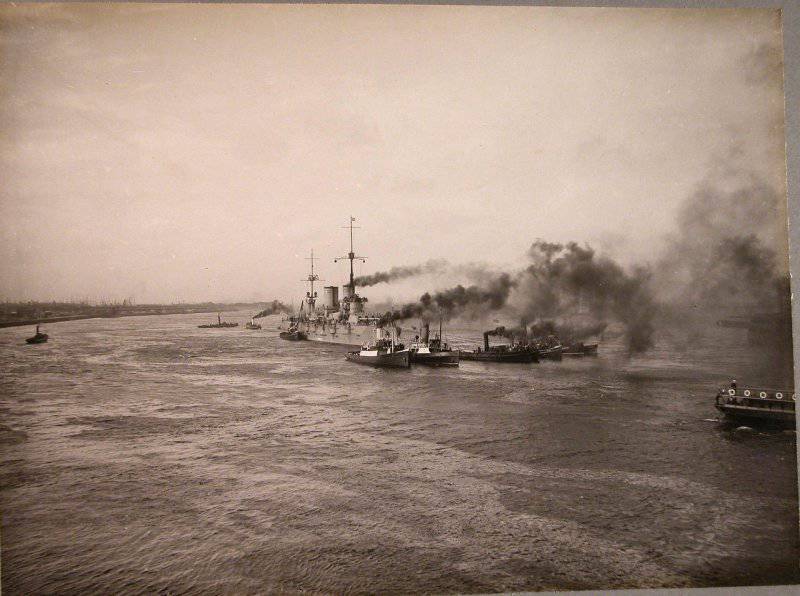
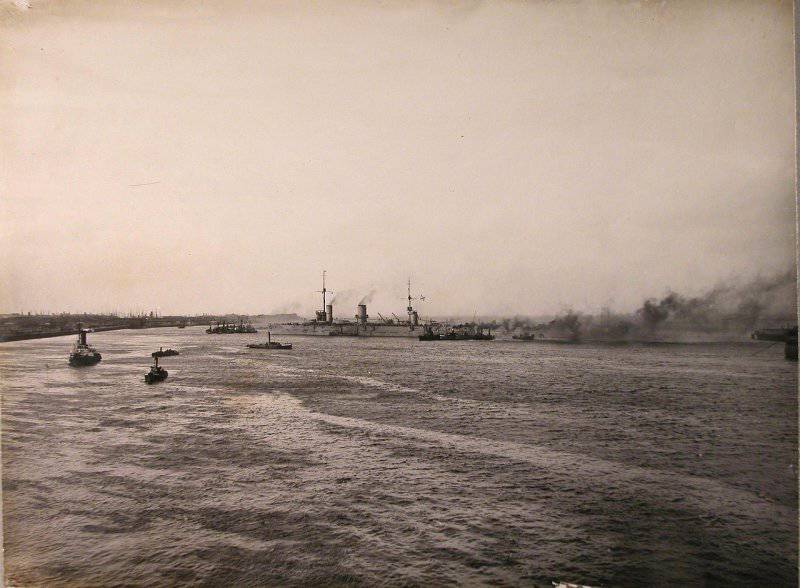
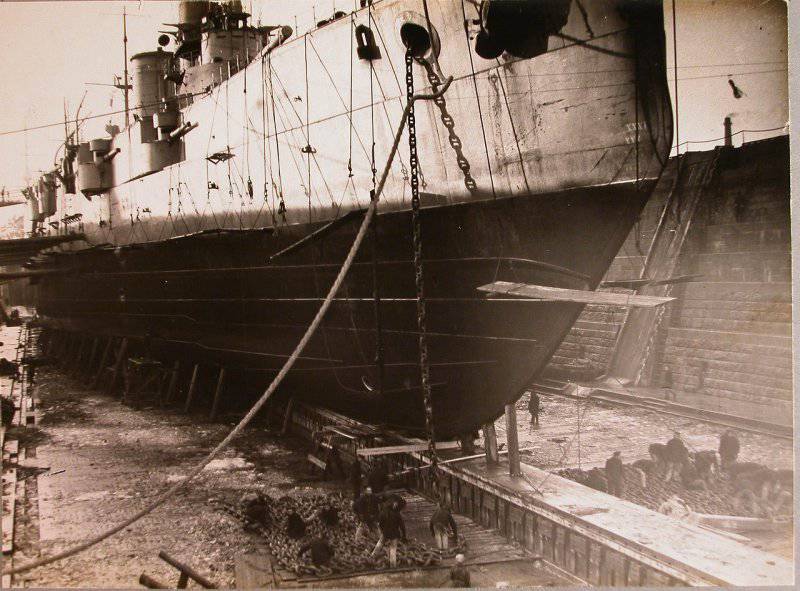
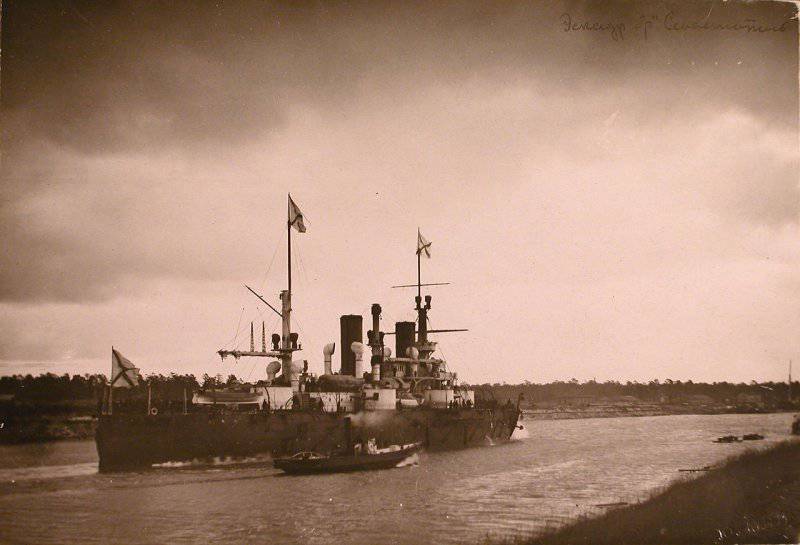
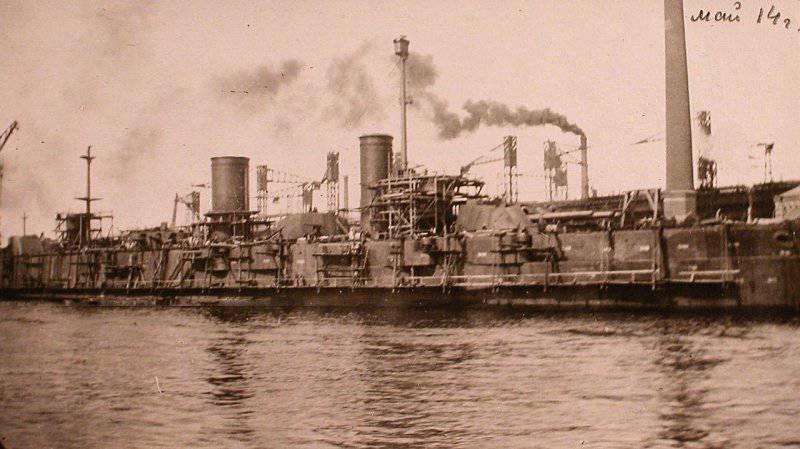
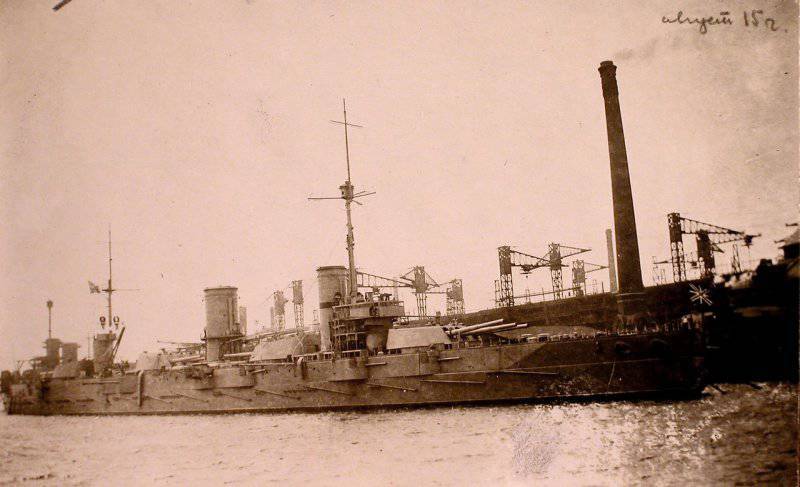
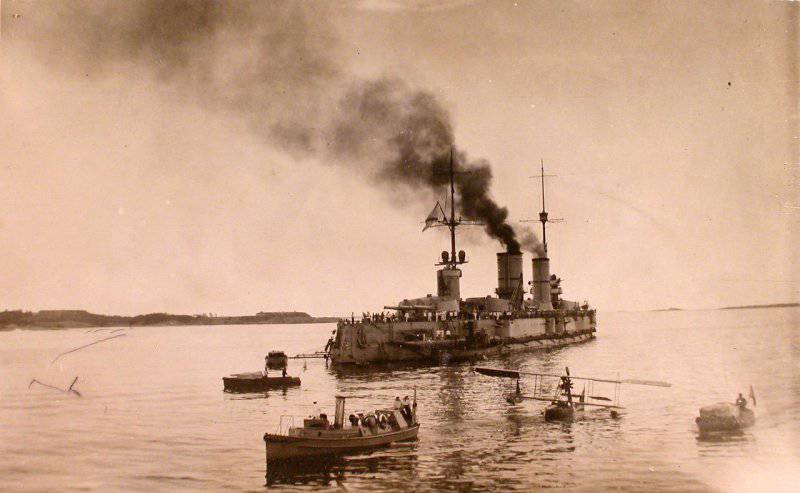
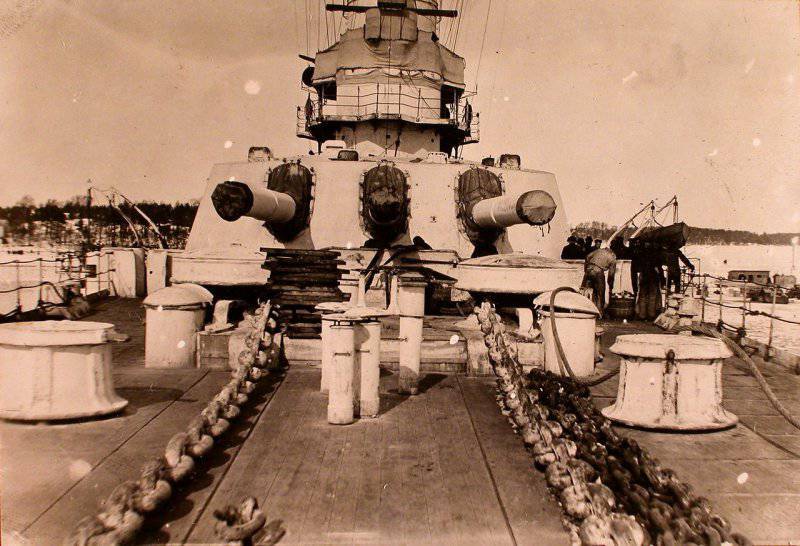
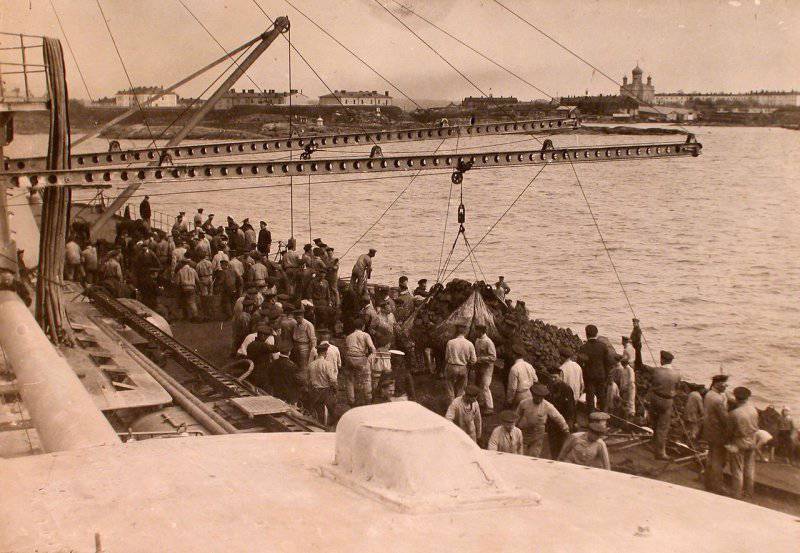
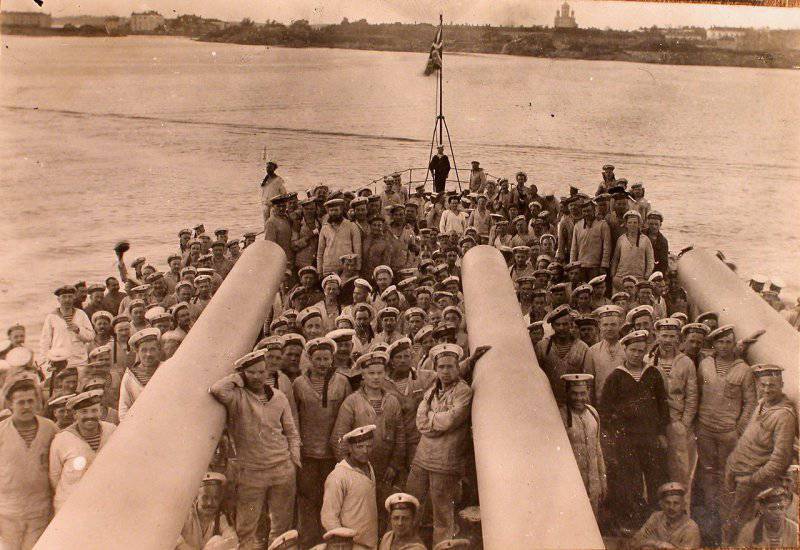
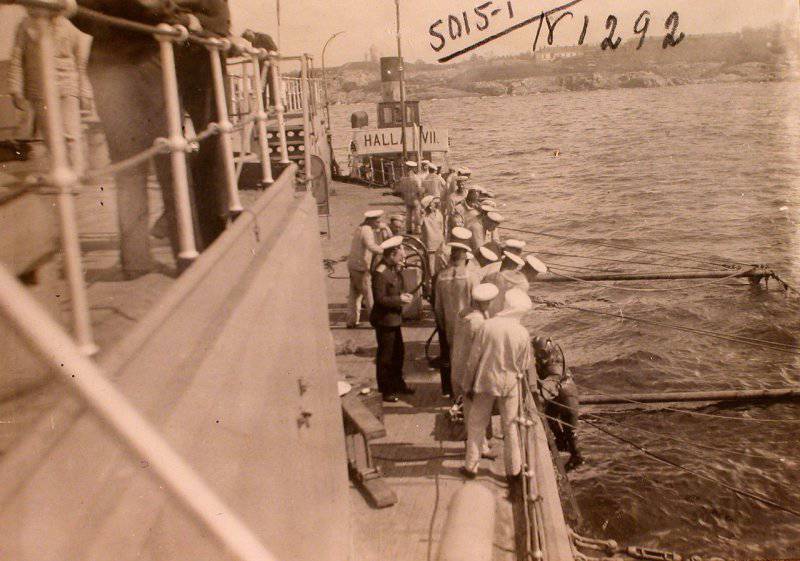
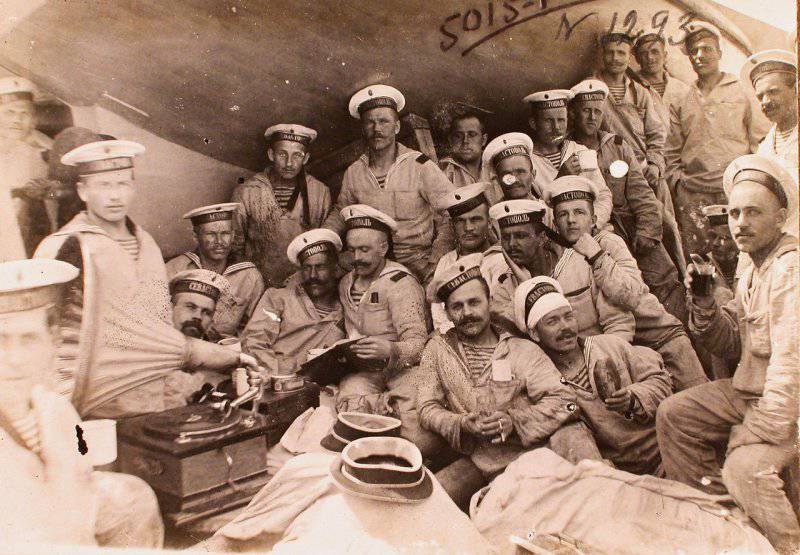

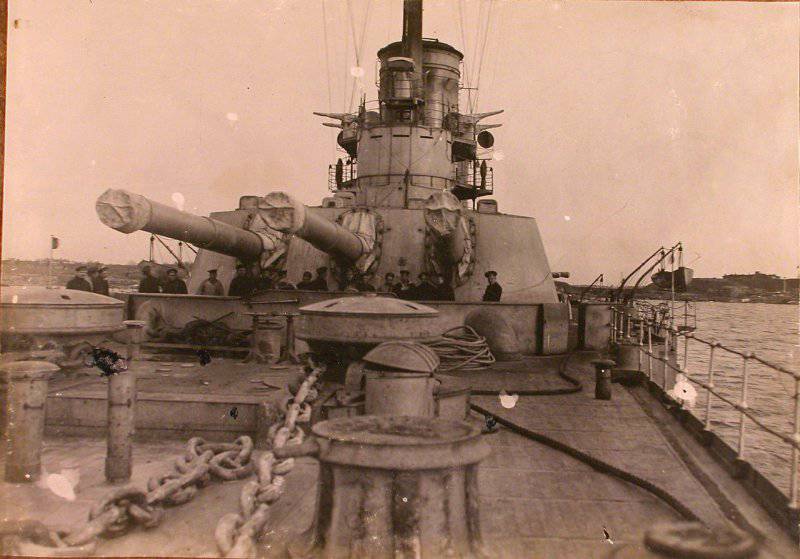
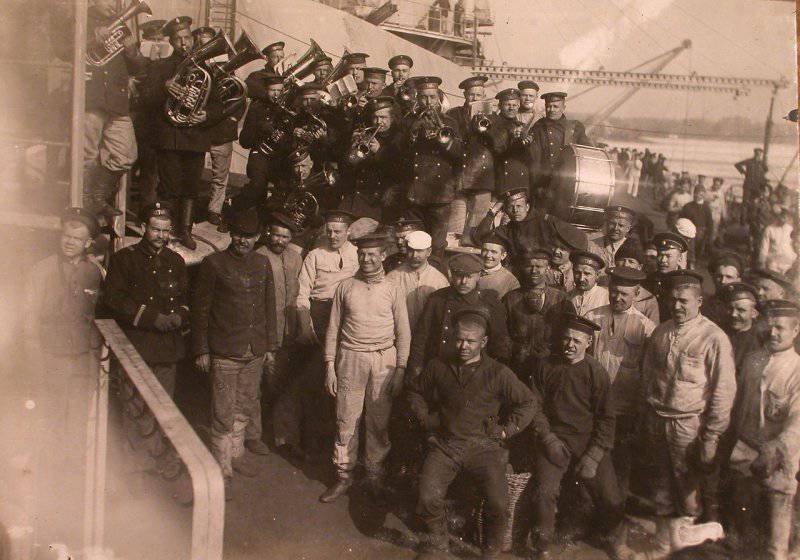
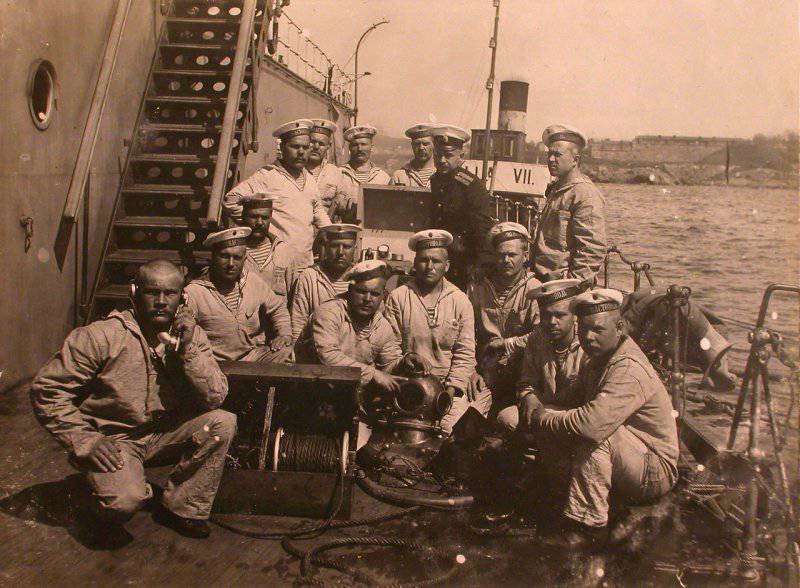
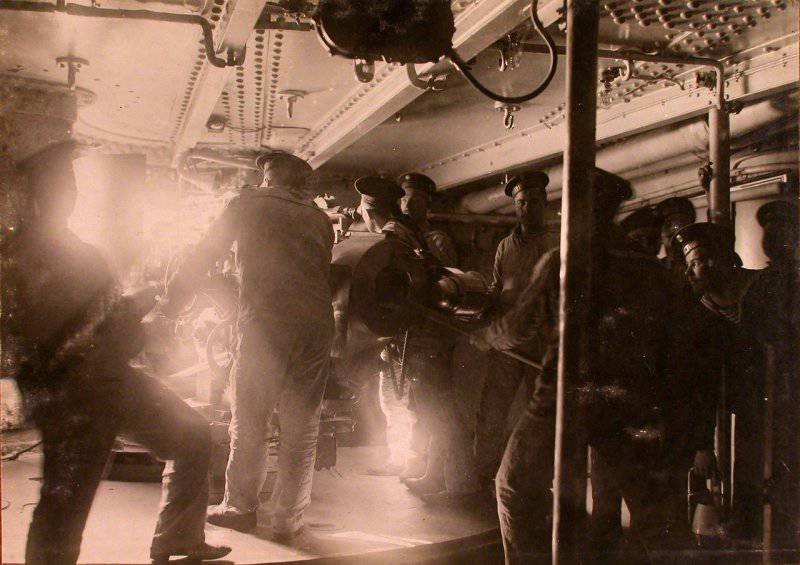
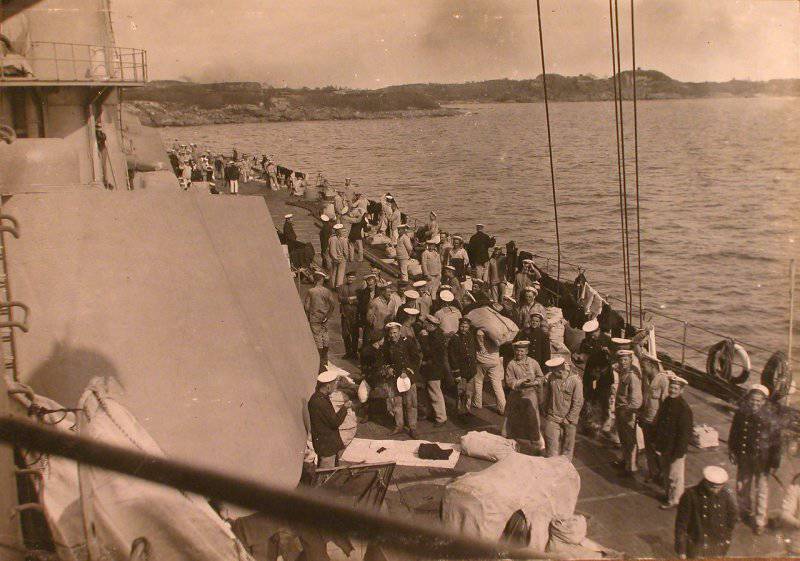
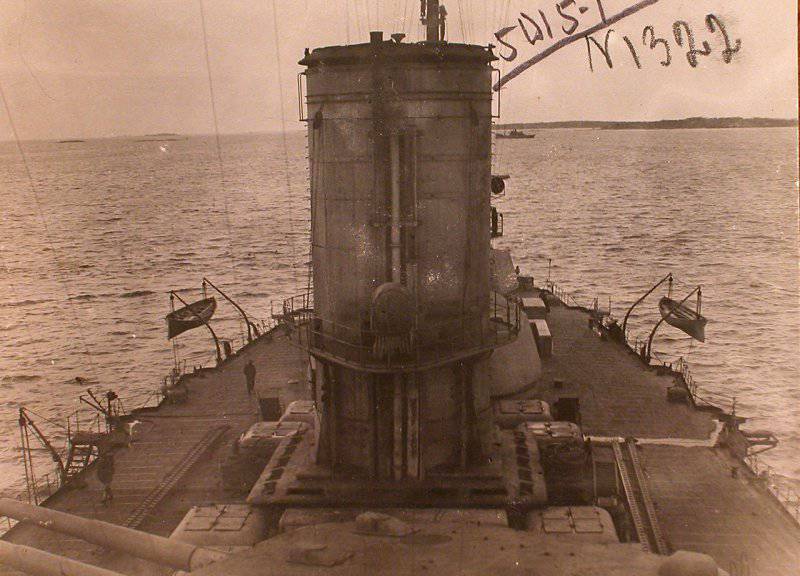
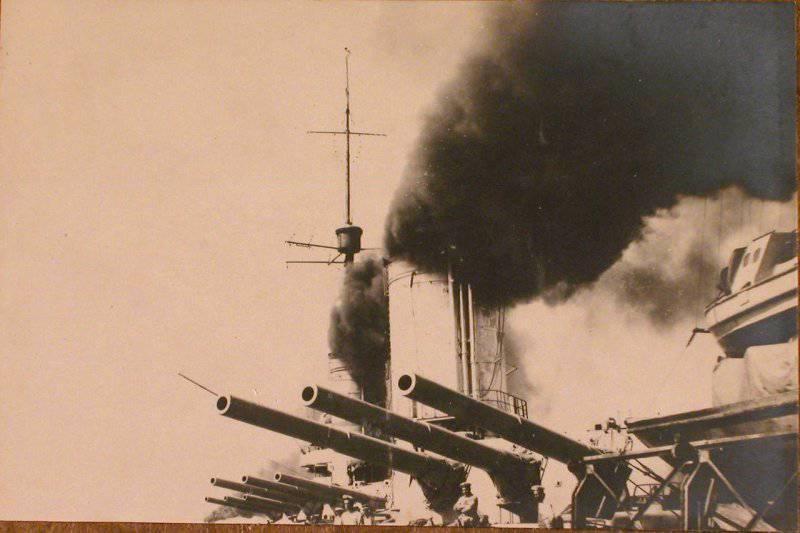
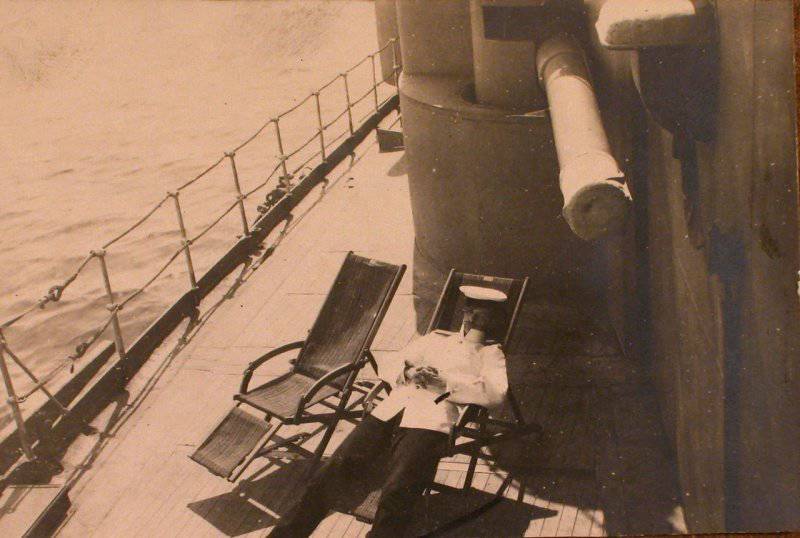
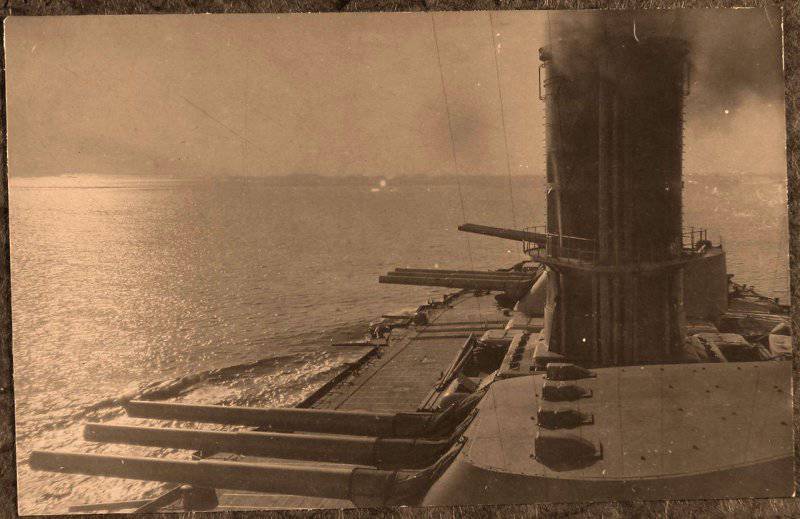
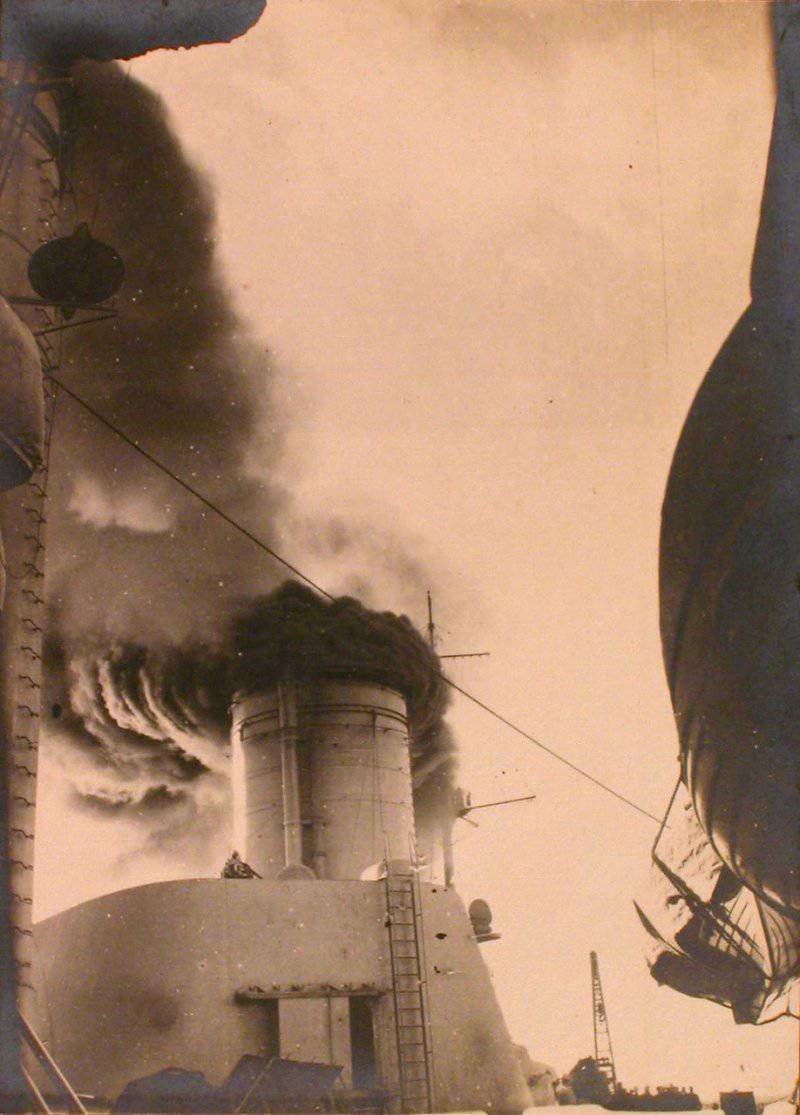
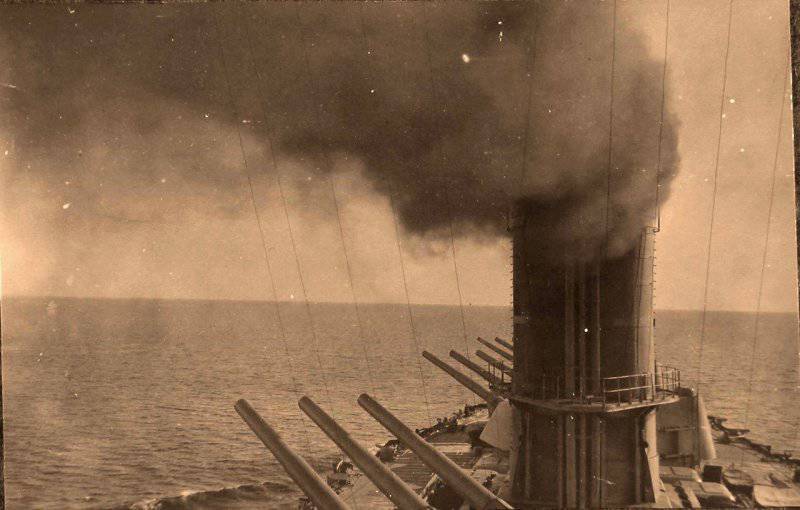
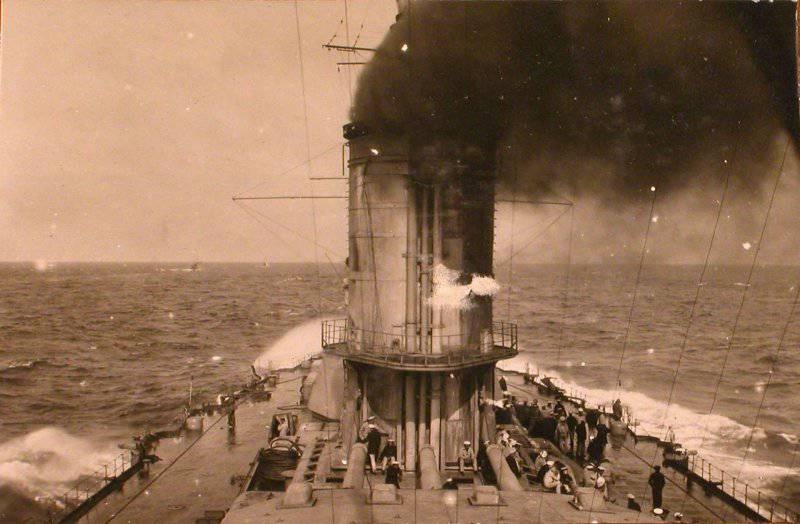
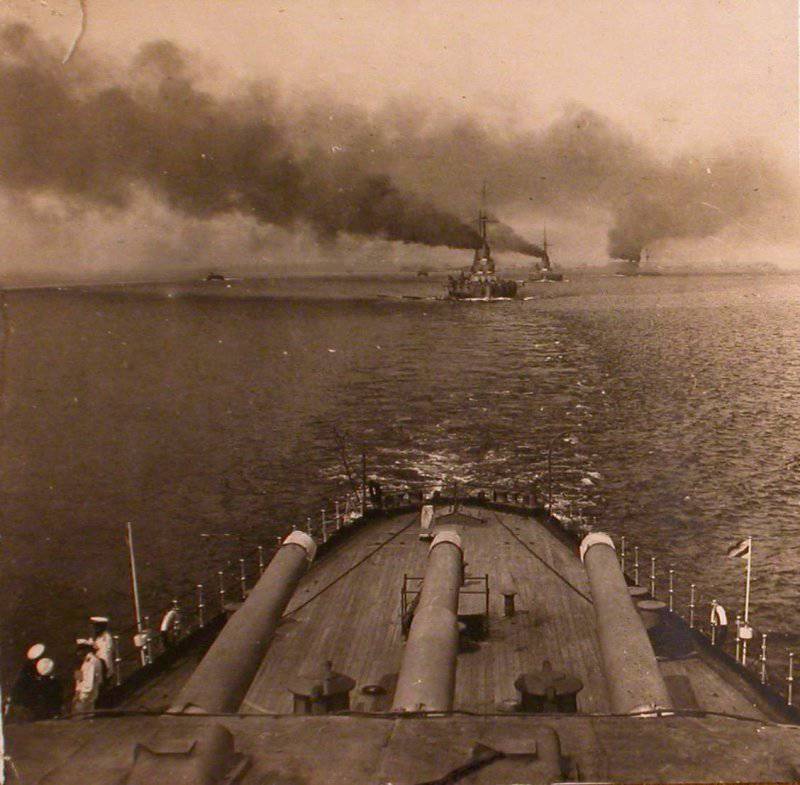
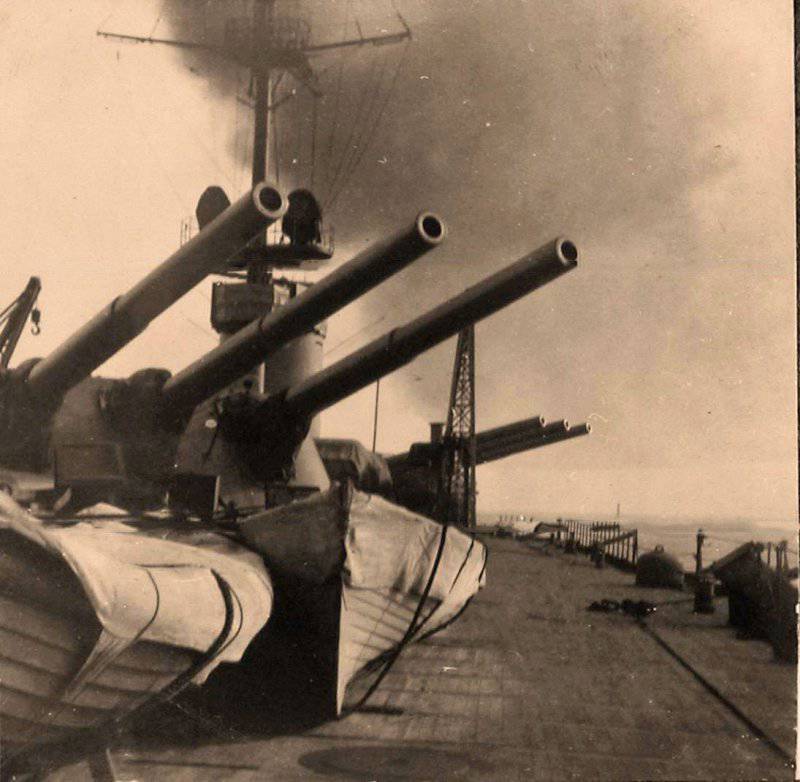
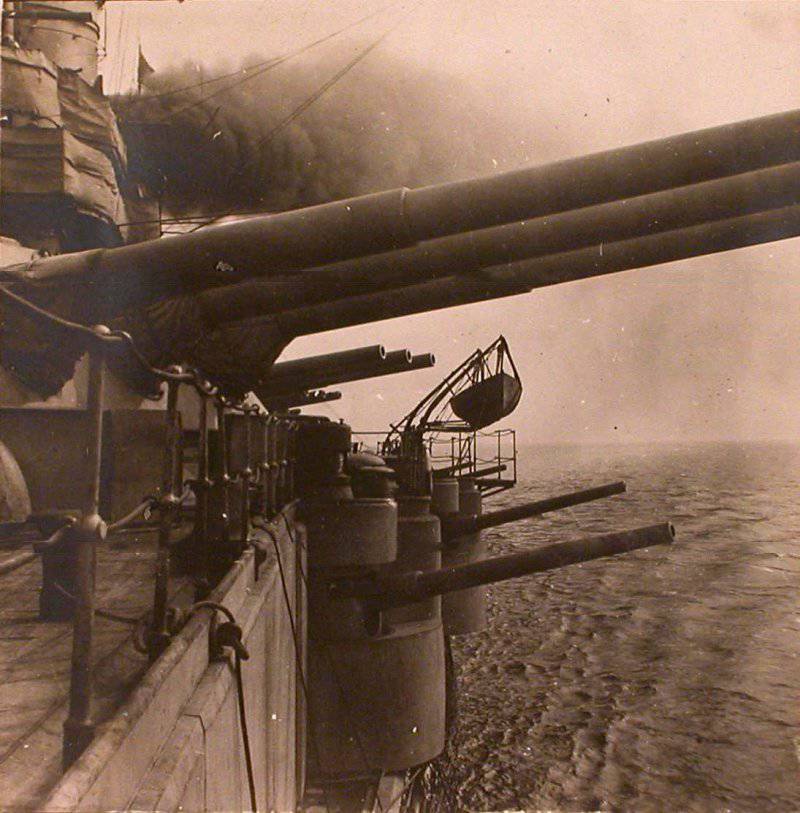
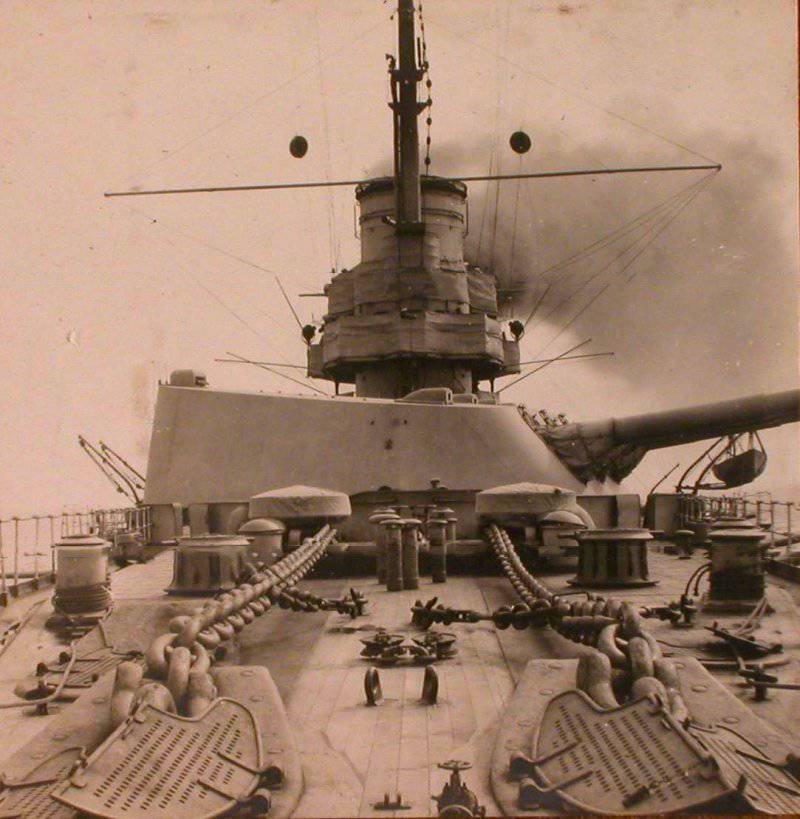
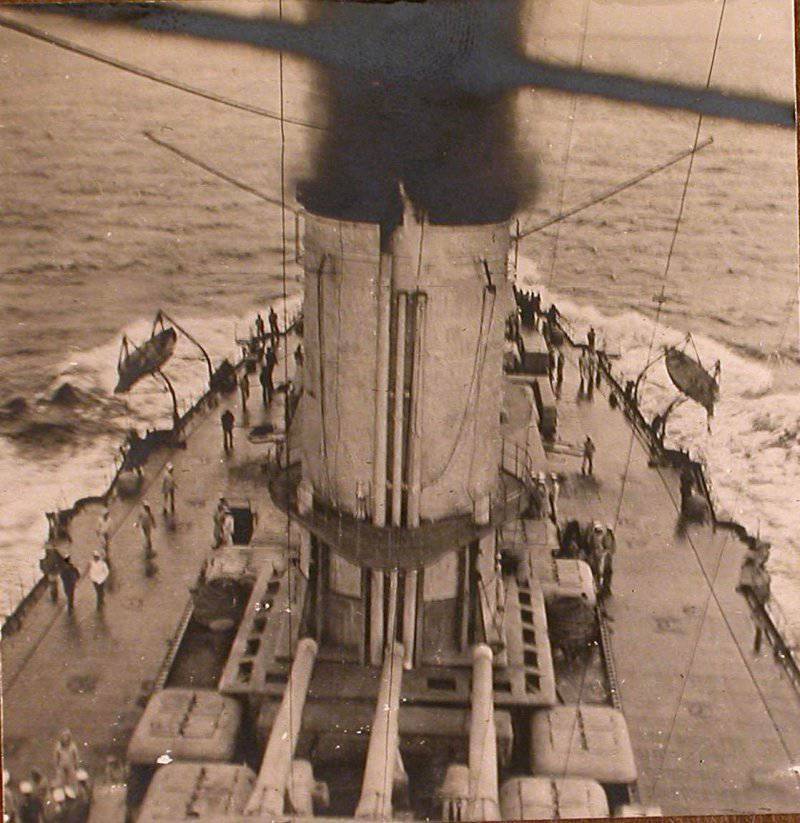
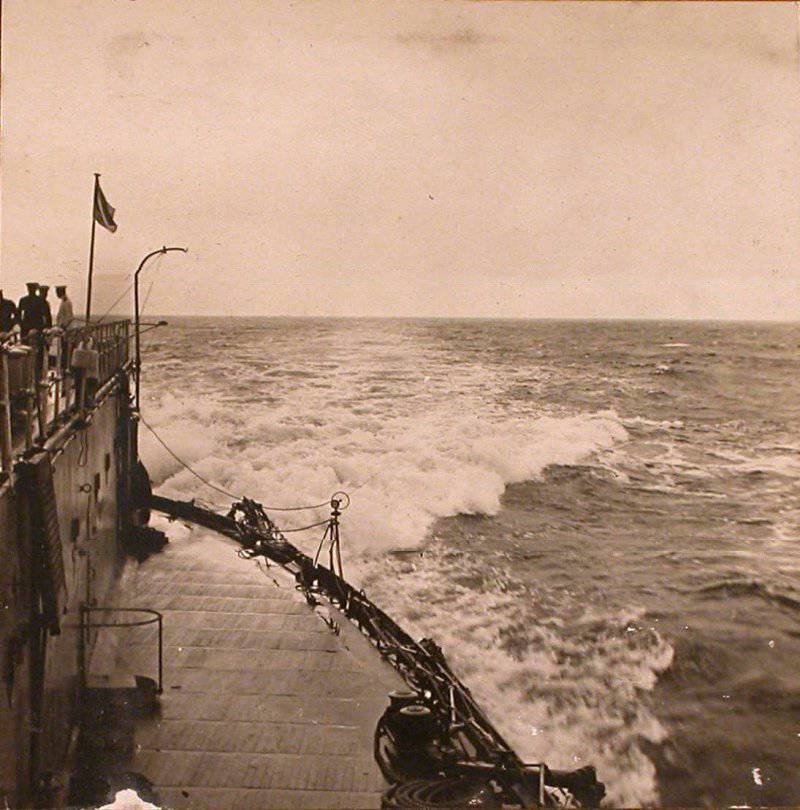
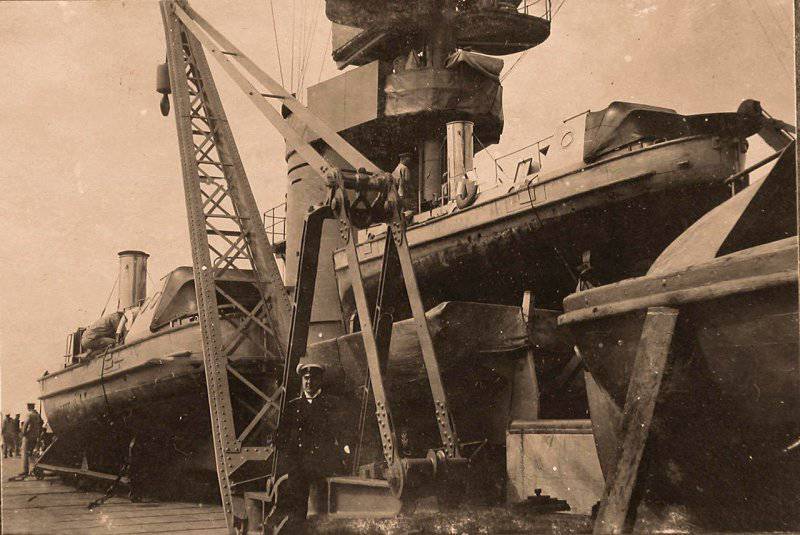

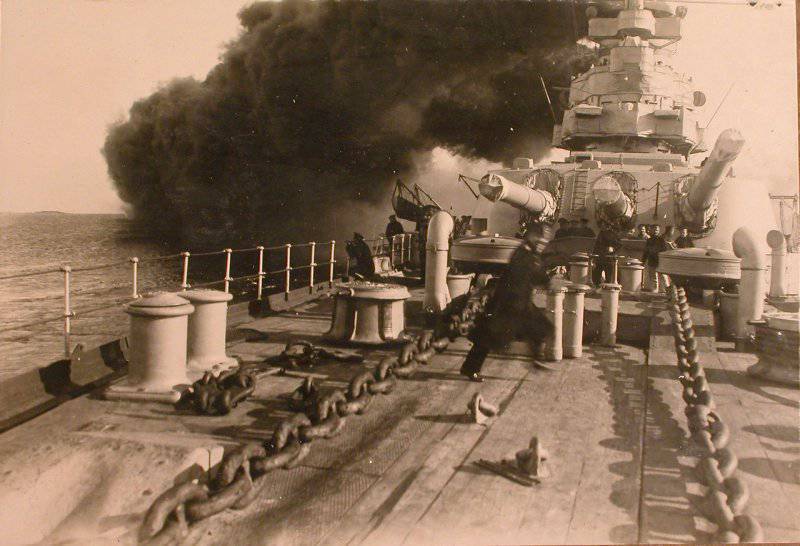
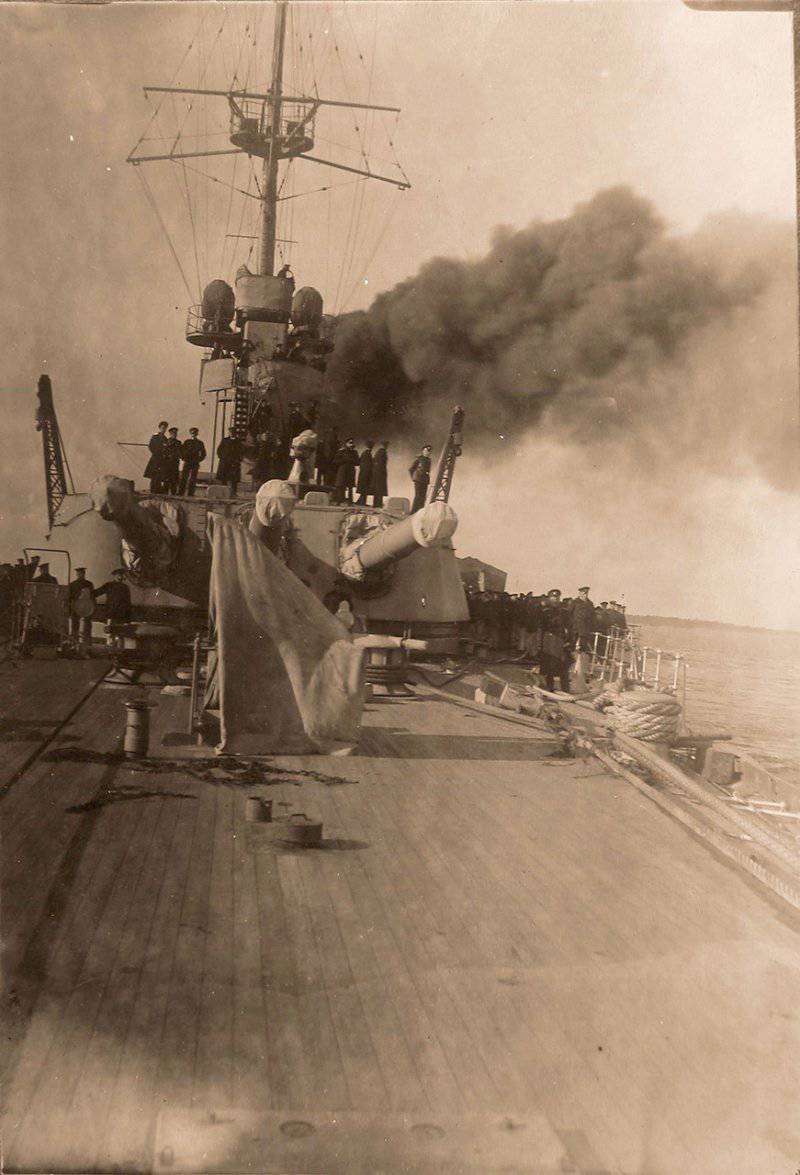
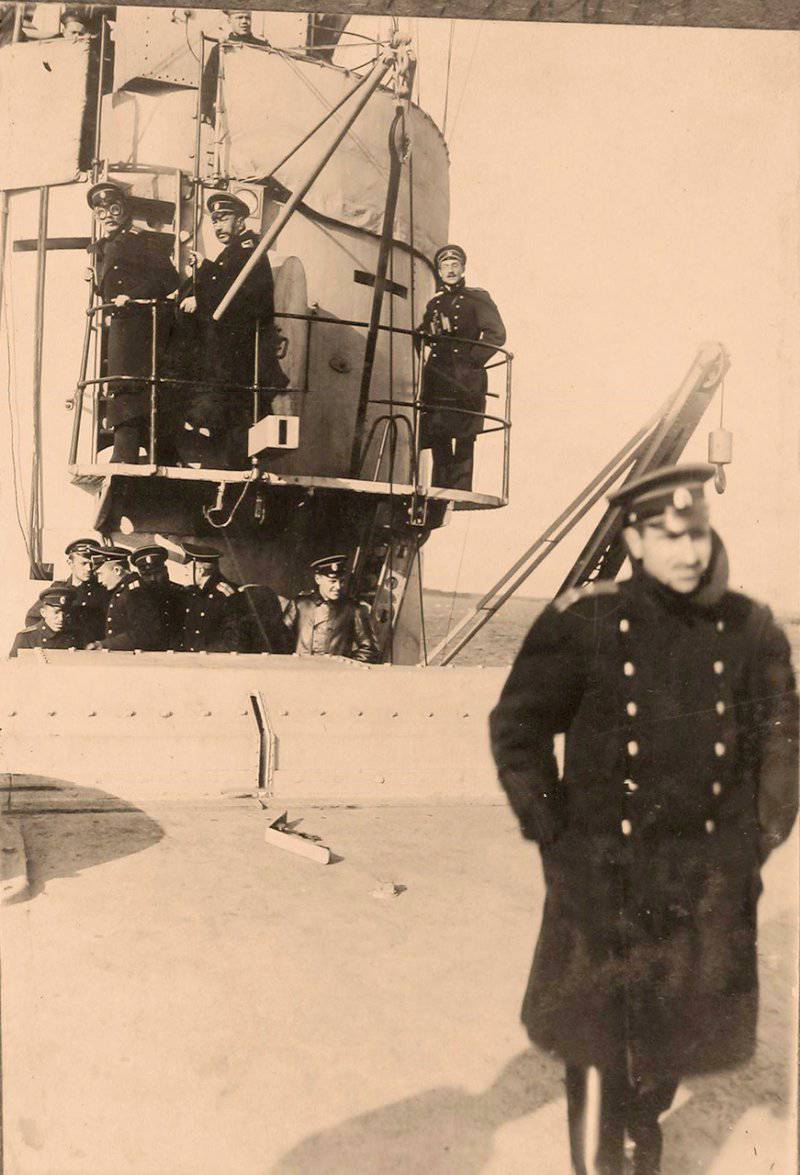
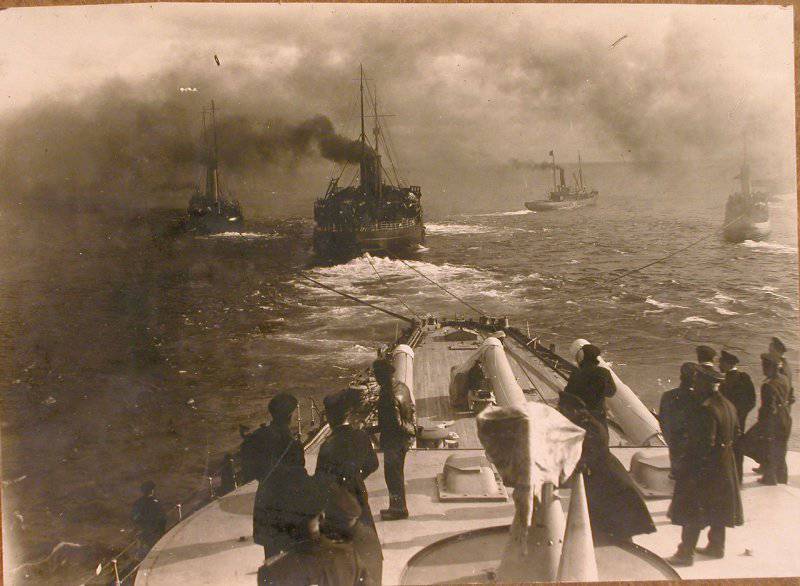
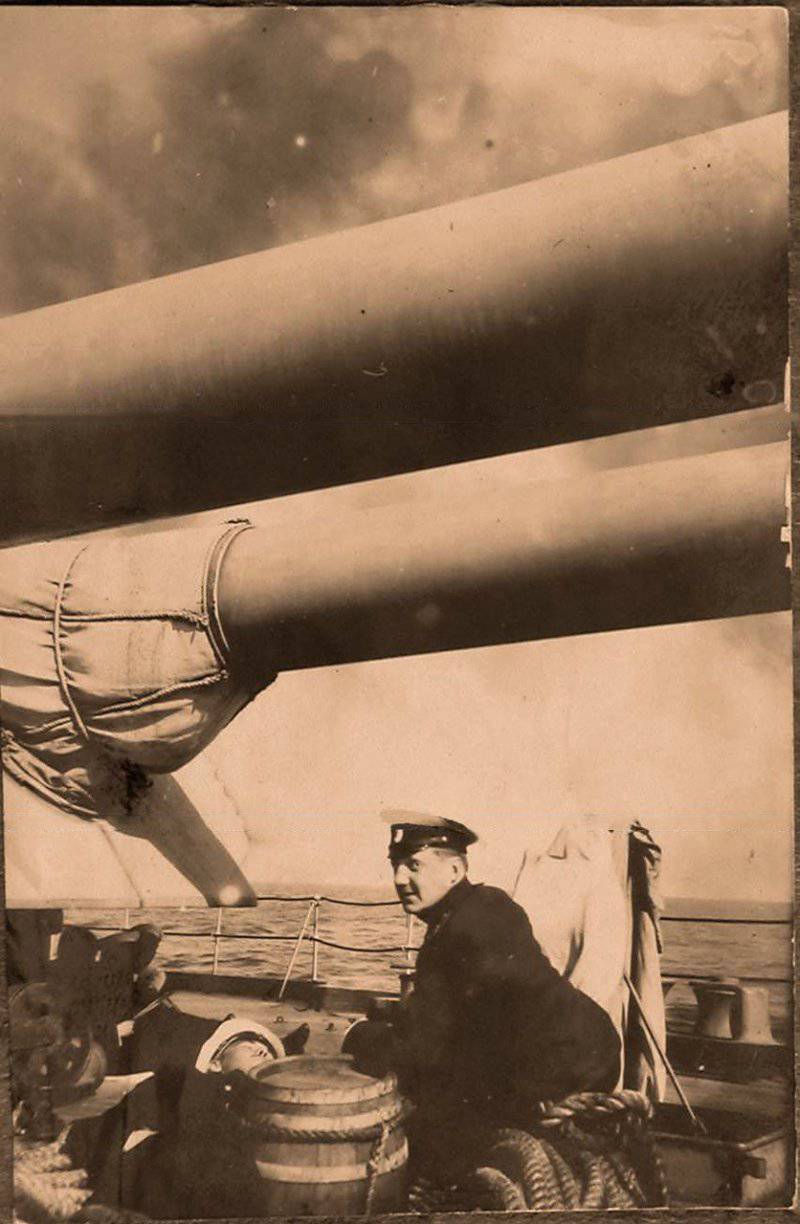
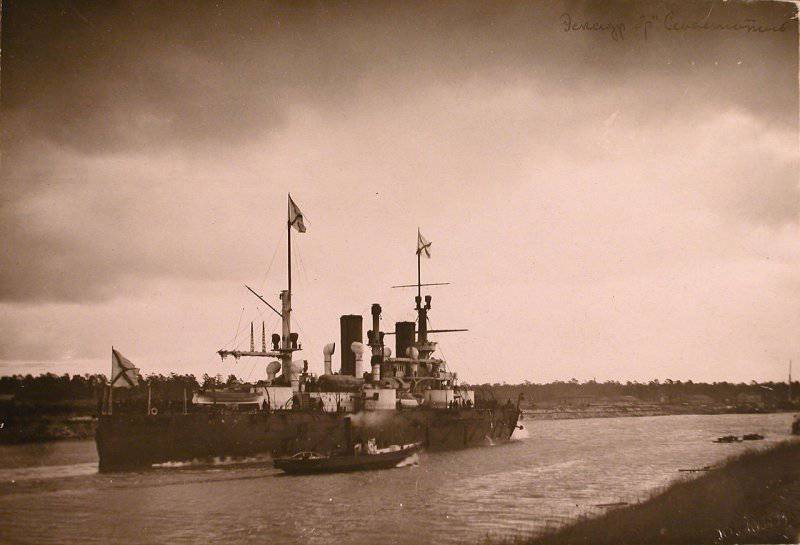
Information